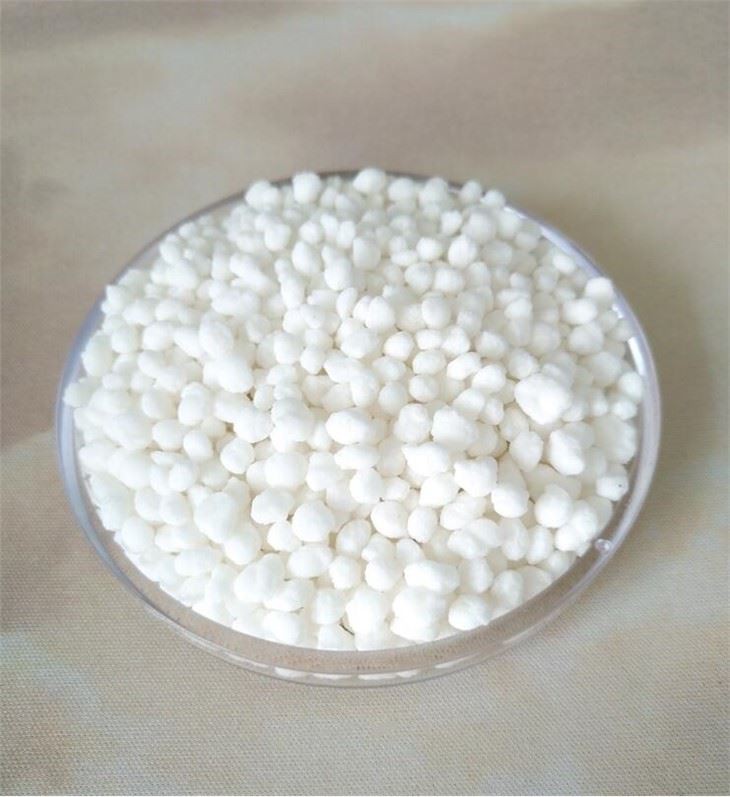



Safety Data Sheet Information for Barium Sulfate Handling and Usage Guidelines
Safety Data Sheet (SDS) Overview for Barium Sulfate
Barium sulfate, a chemical compound with the formula BaSO₄, is widely utilized in various industries, including medical imaging, paint manufacturing, and as a pigment. Understanding the safety data sheet (SDS) for barium sulfate is crucial for handling this substance safely and effectively.
Identification
Barium sulfate appears as a white, odorless powder that is insoluble in water. It is primarily used in the medical field as a contrast agent for X-ray imaging of the digestive system. In industrial applications, its low solubility and non-toxic nature make it an ideal filler in paints and plastics.
Hazard Identification
Barium sulfate is generally considered non-hazardous; however, inhalation of dust may cause respiratory irritation. The SDS specifies that prolonged exposure to high concentrations can lead to lung issues. Ingestion is not expected to produce harmful effects due to its low solubility. Nevertheless, safety precautions should be taken to minimize exposure.
Composition/Information on Ingredients
The primary ingredient in barium sulfate is, of course, barium sulfate itself. It may contain trace impurities, but these are typically not considered harmful in the context of exposure in controlled environments.
First-Aid Measures
barium sulfate sds

In the event of exposure, the SDS outlines specific first-aid measures. Inhalation of dust requires moving the affected individual to fresh air and seeking medical attention if necessary. Skin contact should be treated by washing the area with soap and water, while eye contact warrants rinsing with water for several minutes. In case of ingestion, medical assistance should be sought immediately, although barium sulfate is usually not harmful when swallowed.
Handling and Storage
To ensure safety during handling, appropriate protective equipment such as gloves, masks, and goggles should be utilized. The substance should be stored in a cool, dry place, away from incompatible materials. It’s essential to keep containers tightly closed to prevent contamination.
Exposure Controls/Personal Protection
Employers must implement engineering controls like local exhaust ventilation to maintain airborne concentrations below recommended exposure limits. Personal protective equipment (PPE) is necessary, depending on the level of exposure risk in the workplace.
Environmental Impact
Barium sulfate is not expected to have significant environmental effects. However, proper disposal methods must be followed to prevent contamination of soil and waterways.
Conclusion
The safety data sheet for barium sulfate provides essential information for the safe handling, storage, and transport of this chemical. Adhering to the guidelines set forth in the SDS is key to ensuring safety and minimizing risks associated with exposure. As with all chemicals, proper training and awareness can prevent accidents and promote safe practices in work environments.
-
Why Sodium Persulfate Is Everywhere NowNewsJul.07,2025
-
Why Polyacrylamide Is in High DemandNewsJul.07,2025
-
Understanding Paint Chemicals and Their ApplicationsNewsJul.07,2025
-
Smart Use Of Mining ChemicalsNewsJul.07,2025
-
Practical Uses of Potassium MonopersulfateNewsJul.07,2025
-
Agrochemicals In Real FarmingNewsJul.07,2025
-
Sodium Chlorite Hot UsesNewsJul.01,2025










